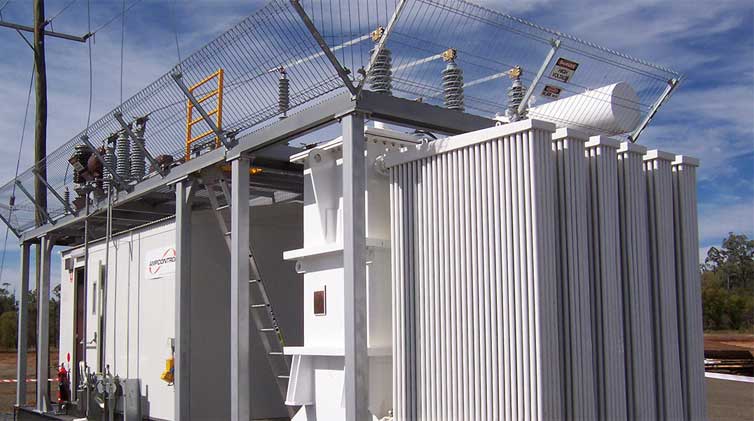Advantages and Disadvantages of Immersed-Type Transformers
Oil-immersed test transformers are widely used in power systems, industrial and mining enterprises, and other sectors. The same type of oil-immersed test transformers include gas-filled test transformers and dry-type test transformers. Let's take a look at the advantages and disadvantages of oil-immersed transformers.
Advantages and disadvantages of oil-immersed test transformers
Compared with the same type of oil-immersed test transformers, their internal windings are exactly the same, the difference lies in the insulation material or medium. Dry-type transformers use epoxy resin insulation, which has the advantage of being lightweight, but the voltage is limited, with a maximum voltage of only 120kV. In addition, epoxy resin is prone to fracture after impact. Gas-filled transformers use SF6 gas insulation, which has high accuracy, high voltage, lightweight, and relatively expensive price. It is generally used as standard voltage by metrology institutes and testing institutes. In addition to the disadvantages, oil-immersed test transformers also have many advantages.
Oil-immersed test transformers use oil as the insulation medium, with high voltage, large capacity, metal casing, and durable outer casing. At the same capacity, they are much cheaper. In addition, the maintenance of oil-immersed transformers is both inexpensive and quick. Once there is a fault in the cable package, just unscrew the casing screws, remove the insulation oil, replace the new cable package, and inject new oil. Compared with dry-type and gas-filled test transformers, oil-immersed test transformers are more convenient and much faster in inspecting the transformers.
Jump to Content Sections
Leave a Message
You May Also Like
 English
English  français
français  Español
Español  русский
русский  العربية
العربية  tiếng việt
tiếng việt  Malay
Malay  Indonesia
Indonesia  বাঙালি
বাঙালি 


